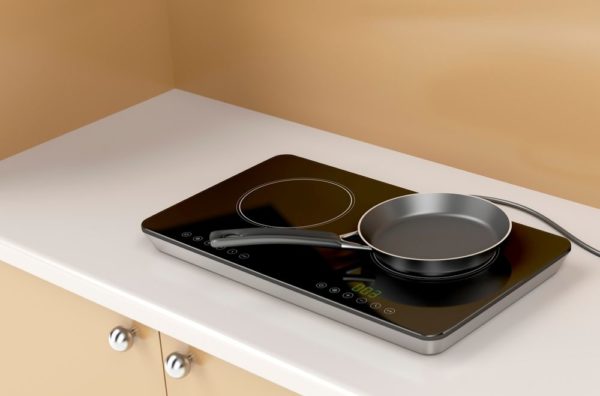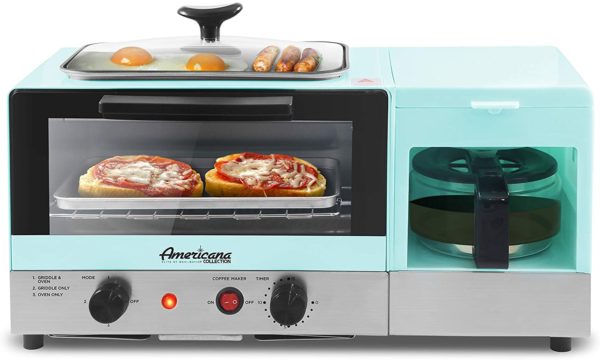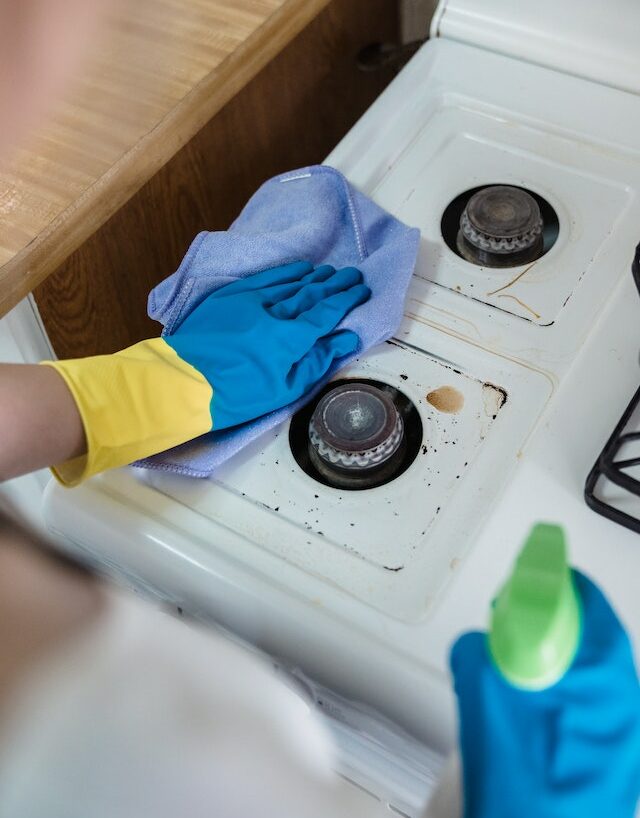There is one kitchen appliance that is used regularly, but for some reason is usually neglected when it comes to regular maintenance and cleaning. The electric kettle is acknowledged as a safer and faster alternative to the stove and microwave when it comes to boiling water. Getting that nice cup of tea, morning coffee, or even soup has never been that easier.
The joy of loving all this is endangered whenever the appliance is not well sanitized. Also, our health can be a risk. Therefore, it is important to know how to descale or clean your kettle. Here are some tricks and tips on how to clean an electric kettle.
Why is my kettle scaly?

Water usually contains salt and minerals as it boils. Some of these minerals fall at the bottom of the kettle and get left behind. It is usually a problem especially if you live in areas with hand water. After some time, these scales will gunk up on the kettle heating elements, making it super inefficient.
How to Clean an Electric Kettle?

1. Cleaning Electric Kettle with Vinegar
If your electric kettle interior has become scaled, an acidic compound is a perfect tool to remove those nasty scales. White vinegar is an ingredient to include in your home-based descaler. Being formidably effective anti-limescale, it is also a non-polluting, non-toxic, and very cheap product. It is convenient to get away as the steam that usually originates from the vinegar is very strong. Whether your kettle is made from glass, plastic, stainless steel, or other materials, vinegar will clean your kettle perfectly.
You start by filling the kettle with 1/2 full of equal parts of white vinegar and water. Bring the kettle to a boil and then turn it off. Allow the vinegar and water mixture to sit inside the kettle for around 20 minutes. Finally, discard the vinegar and water after use.
2. Cleaning Electric Kettle with lemon juice

Lemon juice can likewise be used if vinegar is prohibited. The method is the same, more or less. Lemon juice is a real miracle cure when it comes to cleaning electric kettles and other kitchen appliances without the need of using chemicals. You just need to squeeze lemon juice in water and then pour the mixer into the kettle and boil it. After that, leave the solution inside the kettle for around 60 minutes to soften the buildup.
What happens is that the citric acid found on the lime juice will act against the buildup limescale. A soft brush or scrub can be used to wipe the kettle inside to remove the residual traces. Finally, remove the mixture solution and rinse the device several times. To remove the lemon smell, boil the water and dump it.
3. Apply Baking Soda Solution to Eliminate Rust from Electric Kettle
Baking soda can likewise be used to clean electric kettles and other appliances. It works by lowering calcium content in the water while cleaning the lime that has been formed on the surface. One advantage of using Baking Soda over white vinegar or lemon is that it does not give a nasty taste to your drinks. Mix 2 teaspoons of powder to 1L of water and put everything on the coffee maker or kettle. After 30 minutes, pour the pop away and then rinse thoroughly with cold water.
4. Commercial cleaning solution
If you prefer to use commercial cleaning solutions accessible on the market, then you can search kettle cleaning chemicals in your local supermarket or on the net. Mix the chemical product in water as directed by the producer and then boil the mixture in the kettle. After that, allow the solution to stay on the kettle for some minutes. Pour the solution out and rinse the kettle thoroughly to ensure that the chemical does not contaminate your drinks.
How to clean the exterior?

The electric kettle exterior can be cleaned using detergent or a soap dish. The outer part should be wiped with a damp cloth after utilizing dish soap or detergent. Remember that you cannot put the electric kettle in water because the heating elements can be damaged. If you have a stainless steel kettle, you can clean the exterior by polishing it with olive oil for it to remain shiny. All you need is to damp the soft cloth with olive oil and then slowly rub the kettle external surface.
Conclusion
Like any other appliance in your kitchen, you need to regularly clean your electric kettle and keep it in good condition. Mineral build-up on the kettle can cause scales that affect the heating performance and can affect the taste of your drink. Using the tips listed above, you will effectively clean your kettle and, by so doing, care for your health.





